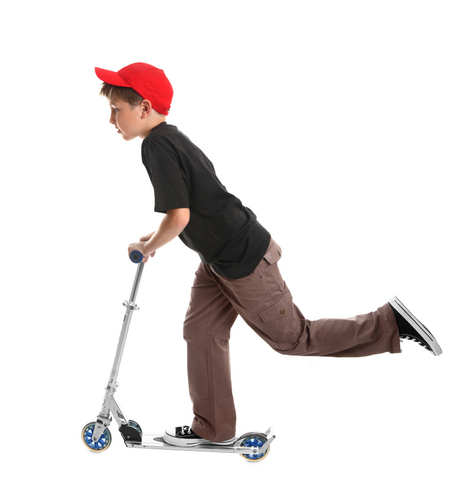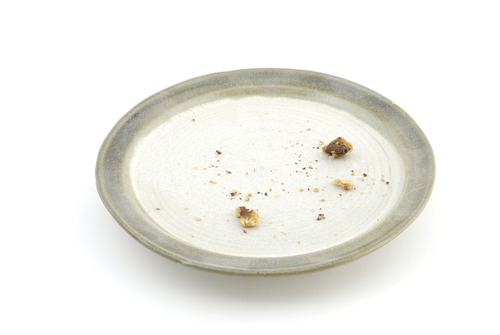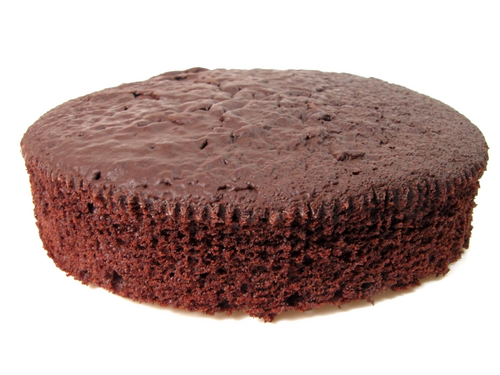Read the sentence below:
Sophie walked home from the shops.

Which tense is this sentence written in?
This sentence is written in the simple past tense.
The verb walked is written in the simple past tense form and it tells us about something that has already happened.
Which tense is this sentence written in?
I ride scooters.

This sentence is written in the simple present tense.
The simple present tense is used to talk about something that is happening right now or something that happens often.
In this activity, we’re going to look at a different tense called the present perfect tense.
Present Perfect Tense
From its name, it sounds as if the present perfect tense is used to describe something that is happening right now, but the name tricks us.
The present perfect tense is used to talk about something that started happening in the past, but might still be happening in the present.
For example:
Sally has started painting her room.

This sentence shows that Sally started painting her room in the past, but she might still be painting it now.
Sometimes, the action may be complete, but the activity is still connected to the present.
Here’s an example:
She has finished her homework.
To write in the present perfect tense we must use:
Has/have + a past participle.
It is called the present perfect tense because we use the present tense of the verb to have.
A past participle is a past tense verb ending in -ed (like walked) or -en (like eaten).
We use 'have' after the words I, you, we and they.
I have eaten
You have eaten
We have eaten
They have eaten
We use 'has' after the words she, he and it.
She has eaten
He has eaten
It has eaten
The past participle in these examples is eaten.

This table shows some examples of past participles. Some end in -en and some end in -ed.
| Present | Past Participle |
| listen | listened |
| stop | stopped |
| kick | kicked |
| bake | baked |
| bite | bitten |
| choose | chosen |
| drive | driven |
| forget | forgotten |
This sentence is in the present tense:
He bakes a cake.
What would this sentence be in the present perfect tense?
He has baked a cake.

We use 'has' after the pronoun he.
The past participle of bake is' baked'
In this activity, you’ll be writing and identifying sentences written in the present perfect tense.







